 Senescence
Senescence
senescence The process of aging, whereby the body becomes less strong and efficient.
Everyone ages. As soon as growth stops, senescence, a gradual physical aging over time, begins. Senescence affects every part of the body, visible and invisible.
In a culture that devalues the elderly, senescence has a negative connotation, but aging can be positive. From a developmental perspective, every period of life is multidirectional. Our scientific study of life-
The Experience of Aging
Although we are all aging, senescence often goes unacknowledged until age 60 or so. Typically, adults feel 5 to 10 years younger than their chronological age and think that “old” describes people significantly older than they themselves are (Pew Research Center, 2009a) (see Figure 20.1). Most adults feel strong, capable, healthy, and “in their prime.”
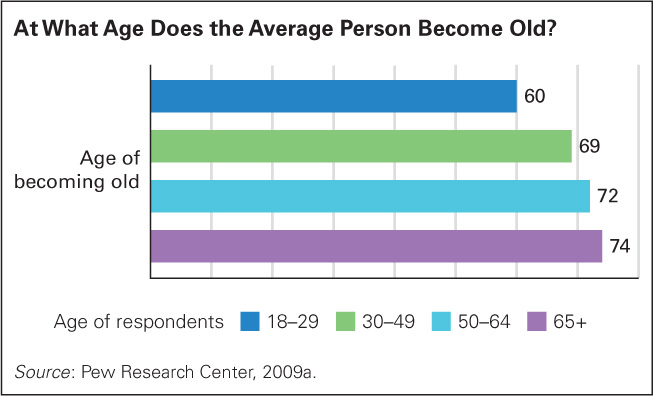
FIGURE 20.1
Not Old Yet When people are asked when someone is “old,” their answers depend on how old they themselves are. The trend continues—They are not wrong. Although senescence affects every part of the body, and although some parts of the body function less well because of it, senescence does not necessarily cause illness or even impairment.
This notion is clearer with an example. With age, both blood pressure and low-
In fact, some physiological aspects of aging protect adults. Senescence slows down the growth of cancer, although aging makes cancer more likely to occur (Rodier & Campisi, 2011). Health is further protected by organ reserve, which allows normal functioning throughout the adult years: People rarely notice that their hearts, lungs, and so on are losing reserve capacity.
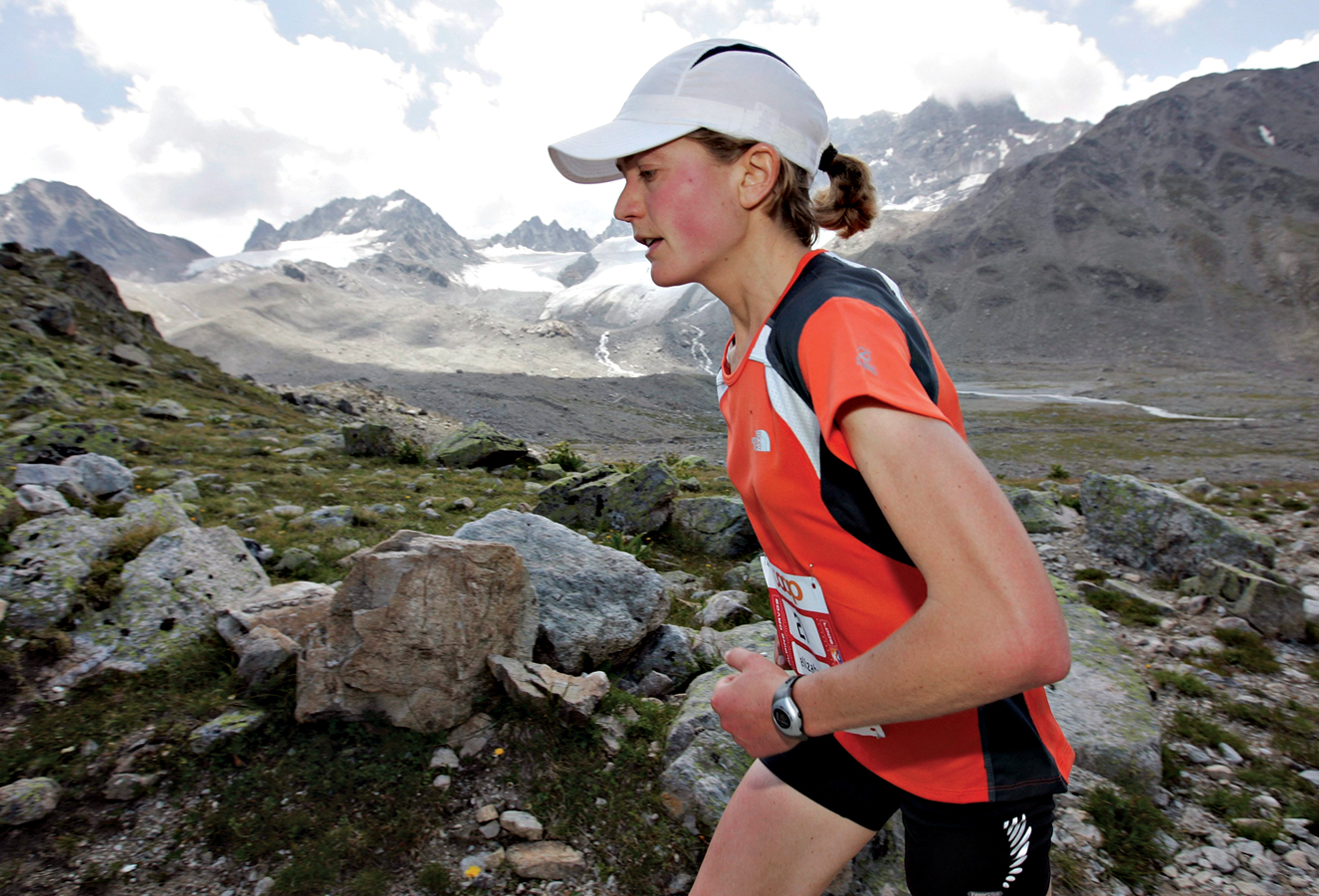
Homeostasis and allostasis also help each part of the body adjust to accommodate changes in other parts, so the aging of some aspects of the brain, bloodstream, and cells is balanced by other factors that sustain life. For instance, if the stored level of iron in the blood is low, homeostasis increases iron absorption from the diet (Ganz & Nemeth, 2012).
In another example, the lungs automatically maintain oxygen levels whether a person is old or young, awake or asleep, exercising or resting (Dominelli & Sheel, 2012). Because of gradually diminished organ reserve, oxygen dispersal into the bloodstream from the lungs drops about 4 percent per decade after age 20. Thus, older adults may become “winded” after running fast, or pause after climbing a long flight of stairs to “catch their breath.” Those are minor inconveniences, not a serious threat to the feeling that one is in good shape.
These processes are not fail-
Crucial to well-
The Aging Brain
Like every other body part, the brain slows down with age. Neurons fire more slowly, and reaction time lengthens because messages from the axon of one neuron are not picked up as quickly by the dendrites of other neurons. New neurons and dendrites appear, but others atrophy: Brain size decreases, with fewer neurons and synapses in middle adulthood than earlier.
As a result, multitasking becomes harder, processing takes longer, and some complex working-
For the most part, however, such losses are not noticed. A few individuals (less than 1 percent under age 65) experience significant brain loss with age, just as a few lose notable muscle strength. Those few are unusual, and the reason is pathology, not normal cognitive decline (Schaie, 2013). [Lifespan Link: Dementia is discussed in Chapter 24.]
Especially for Drivers A number of states have passed laws requiring that hands-
Response for Drivers: No. Car accidents occur when the mind is distracted, not the hands.
For most adults, neurological reserves, homeostasis, and allostasis protect the brain. Adults can perform the brain equivalent of a marathon; that is one reason that judges, bishops, and world leaders are usually at least 50 years old. If severe loss occurs before age 65, the cause is not senescence but one of the following:
- Drug abuse. All psychoactive drugs can harm the brain, especially alcohol abuse over decades, which can cause Wernicke-
Korsakoff syndrome (“wet brain”). - Poor circulation. Everything that impairs blood flow—
such as hypertension and cigarette smoking— impairs cognition. - Viruses. The brain is protected from most viruses by a so-
called blood– brain barrier , but a few viruses—including HIV and the prion that causes mad cow disease— destroy neurons. - Genes. About one in one thousand persons inherits a dominant gene for dementia.
These four factors are common physiological causes of brain slowdown in adulthood; adult cognitive function is described in the next chapter.
Outward Appearance
As you see, senescence of the vital organs is not usually devastating in adulthood: Bodies function quite well at age 30 or 60. However, changes in the skin, hair, agility, and body shape are problematic in an age-
Skin and Hair
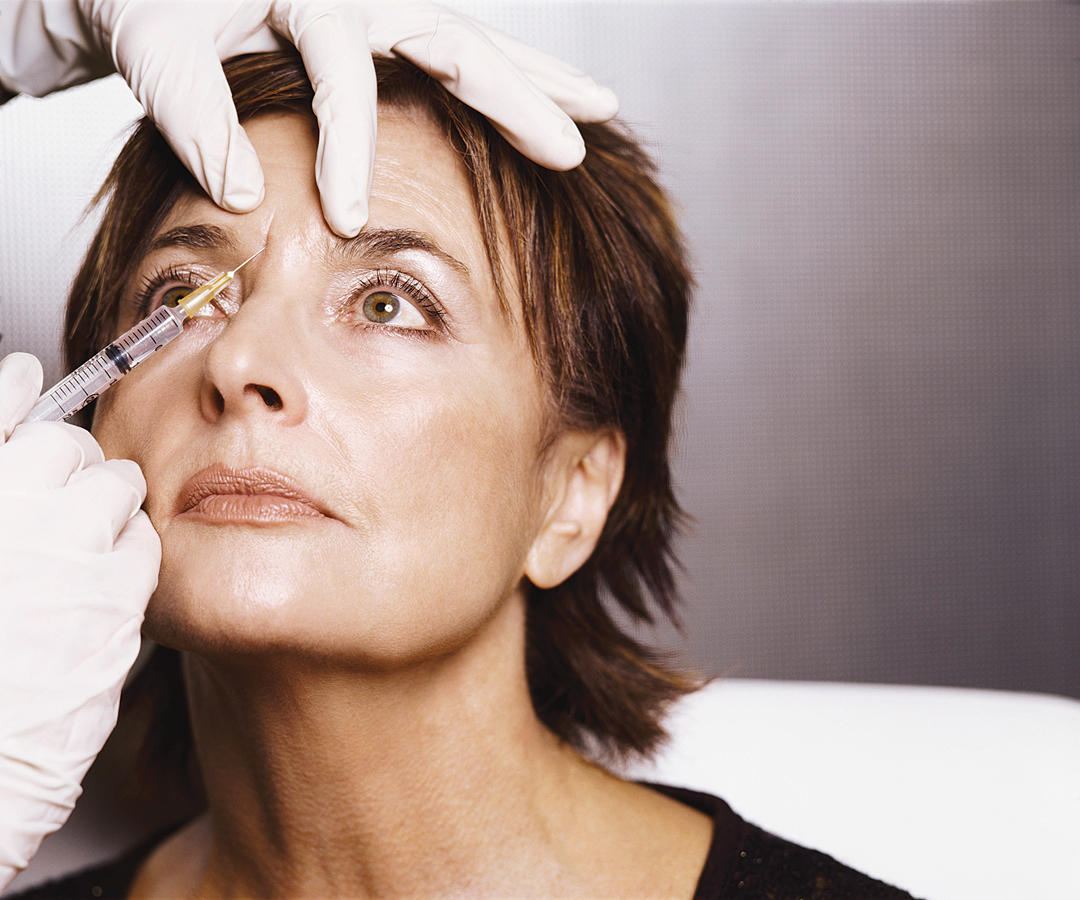
The first visible changes are in the skin, which becomes dryer, rougher, and less regular in color. Collagen, the main component of the connective tissue of the body, decreases by about 1 percent per year, starting at age 20. By age 30, the skin is thinner and less flexible, the cells just beneath the surface are more variable, and wrinkles become visible, particularly around the eyes. Diet has an effect—
Wrinkles are not the only sign of skin senescence. Especially on the face (the body part most exposed to sun, rain, heat, cold, and pollution), skin becomes less firm. Age spots, tiny blood vessels, and other imperfections appear. These are visible by age 40 in people who work outside most of their lives (usually men who are farmers, sailors, and construction workers), but they are more troubling to people (usually women) who associate youth with sexual attractiveness.
In addition, veins on the legs and wrists become more prominent, and toenails and fingernails become thicker (Whitbourne & Whitbourne, 2011). Changes in appearance are barely noticeable from one year to the next, but if you meet a typical pair of siblings, one age 18 and the other 28, their skin tells you who is older. By age 60, all faces have aged significantly—
Hair usually becomes gray and thinner, first at the temples by age 40 and then over the rest of the scalp. This change does not affect health, but since hair is a visible sign of aging, many adults spend substantial amounts of money and time on coloring, thickening, styling, and more. Body hair (on the arms, legs, and pubic area) also becomes less dense. An occasional thick, unwanted hair may appear on the chin, inside the nose, or in some other place.
Shape and Agility
The body changes shape between ages 25 and 65. A “middle-
By late middle age, even if they stretch to their tallest, adults are shorter than they were, because back muscles, connective tissue, and bones lose density, making the vertebrae in the spine shrink. People lose about an inch (2 to 3 centimeters) by age 65, a loss in the trunk, not the leg bones, as cushioning between spinal disks is reduced, another reason that waists widen.
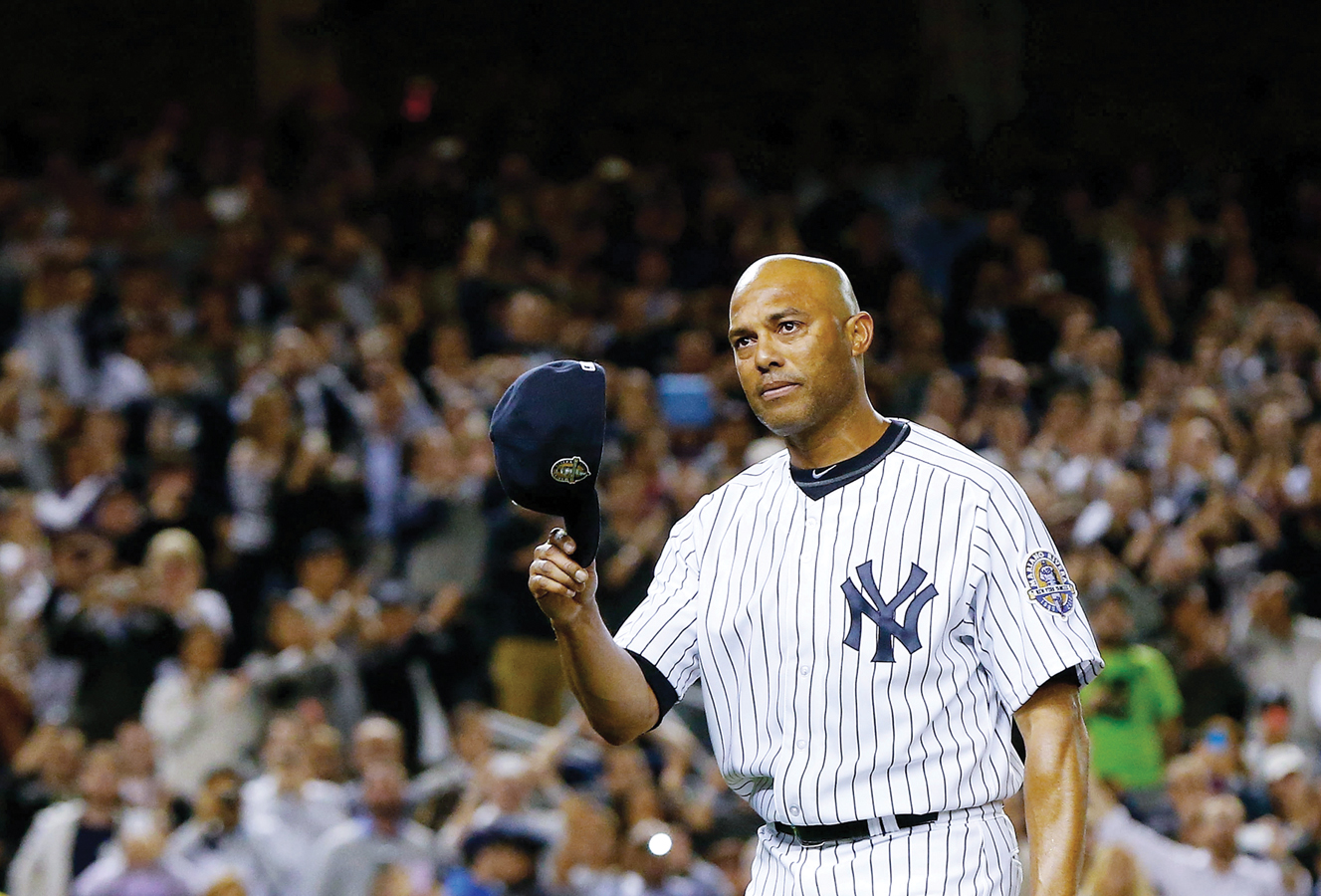
Muscles shrink; joints lose flexibility; stiffness is more evident; bending is harder. As a result, agility is reduced. Rising from sitting on the floor, twisting in a dance, or even walking “with a spring in your step” is more difficult. A strained back, neck, or other muscle may occur.
Genes and exercise cause marked variation in aging not only from person to person but within each person. Muscles are particularly dependent on use—
The aging of the body is most evident in sports that require strength, agility, and speed: Gymnasts, boxers, and basketball players are among the athletes who benefit from youth but who experience slowdowns even by age 20. Of course, these are physiological slowdowns: The intellectual and emotional gains of adulthood may compensate for the physical changes; some 30-
Sense Organs
All the senses become less acute with each decade, with losses in any one sense affecting the others. One obvious example is that taste depends substantially on smell, which becomes less acute as people age (Aldwin & Gilmer, 2013). Similarly, conversation is best understood when people can see as well as hear the person who is talking. Now we describe some details of vision and hearing loss.
Vision
Not only does the rate of senescence vary from person to person and organ to organ, but each part of each organ is on its own timetable. Vision is an example, as some 30 distinct brain areas as well as at least a dozen aspects of the eye combine to allow people to see. Peripheral vision (at the sides) narrows faster than frontal vision; some colors fade more than others; nearsightedness and farsightedness follow different paths. Some aspects of vision seem unimpaired by age. Lifestyle and genes make a dramatic difference (Owsley, 2011).
One notable variation is nearsightedness (difficulty seeing objects at a distance), which is powerfully affected by genes and age. Nearsightedness increases gradually in childhood and adolescence, but in midlife the process reverses. Nearsightedness is reduced but farsightedness (difficulty seeing objects that are close) increases—
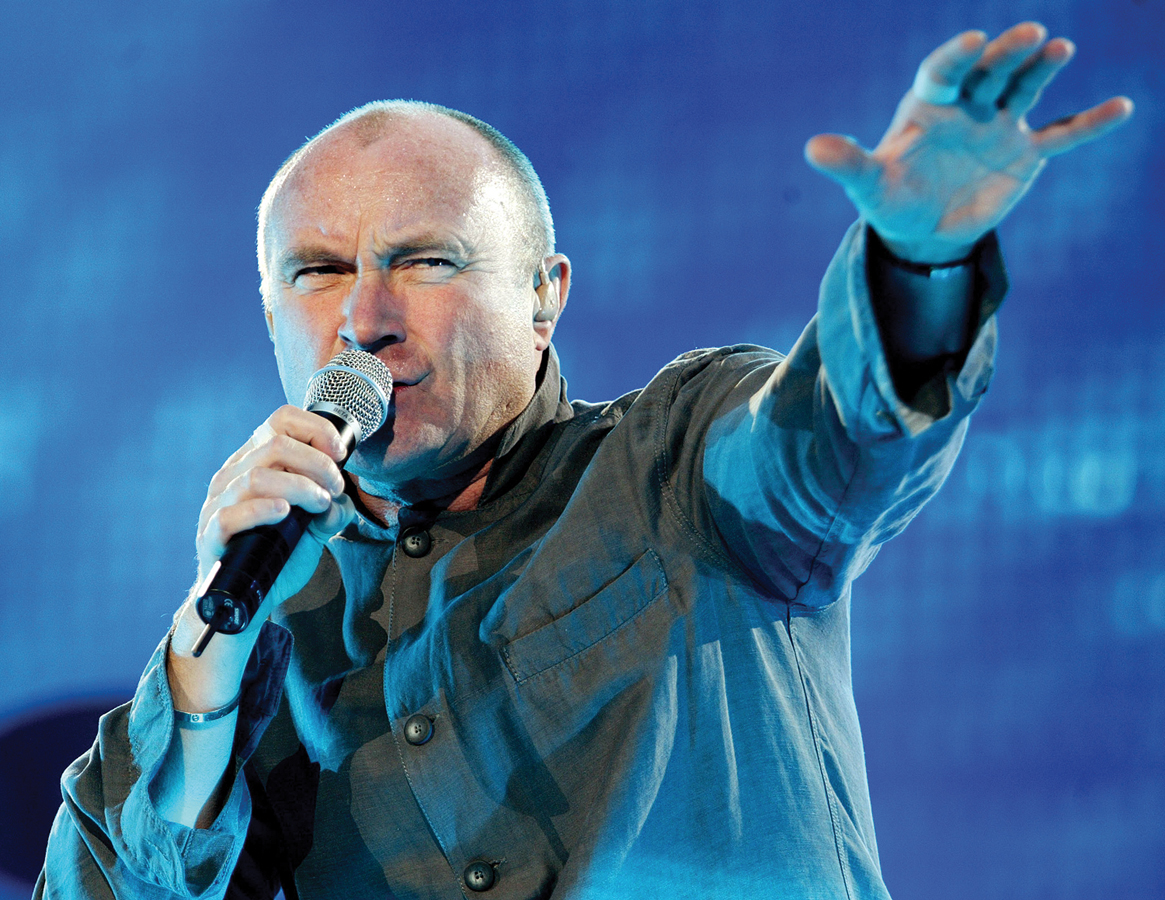
Other aspects of vision are also affected by age. It takes longer for the eyes to adjust to darkness (as when entering a dark theater after being in daylight) or to adjust to glare (as when headlights of an oncoming car cause temporarily blindness) (Aldwin & Gilmer, 2013). Motion perception (how fast is that car approaching?) and contrast sensitivity (is that a bear, a tree, or a person?) slows down (Olsley, 2011). The lens of the eyes thickens; brighter lighting is needed.
As these examples show, senescence affects the vision needed for driving, even when a person can read the letters on a vision chart. Driver license renewals at every age should include multifaceted vision tests because most adults see quite well but some need new glasses, cataract surgery, or other intervention decades before old age.
Hearing
Hearing is most acute at about age 10, again with specific intrapersonal variations. Sounds at high frequencies (a small child’s voice) are lost earlier than sounds at low frequencies (a man’s voice). Although some middle-
presbycusis A significant loss of hearing associated with senescence. Presbycusis usually is not apparent until after age 60.
Actually, hearing is always a matter of degree. No one hears a conversation a hundred feet away; “shouting distance” is limited. Because deafness is rarely absolute, gradual losses are not noticed. Presbycusis (literally, “aging hearing”) is rarely diagnosed until about age 60, even if whispers were inaudible years before.
An alarming study finds that presbycusis may soon become apparent before old age. High school students (1,512 of them) reported whether they experienced any symptoms of hearing loss (ringing, muffled sounds, temporary deafness). Almost one-
SUMMING UP
Senescence is the process of aging, evident in every body part from the moment growth ends. However, changes are much less consequential today than in earlier centuries, when adults needed physical strength to complete their daily work. For most adults, the body and brain continue to function well, as organ reserve and homeostasis compensate for momentary stress. Activities that require peak performance of many body parts, such as major athletic contests, reveal aging in adulthood.
Appearance reflects age: Skin becomes less smooth, hair grays and thins, bodies add fat, shape changes. Such external changes have little impact on physical health, but many adults worry about them and try to look young. All the senses become less acute, with some aspects declining much faster than others. Genes and experiences affect sensory senescence.